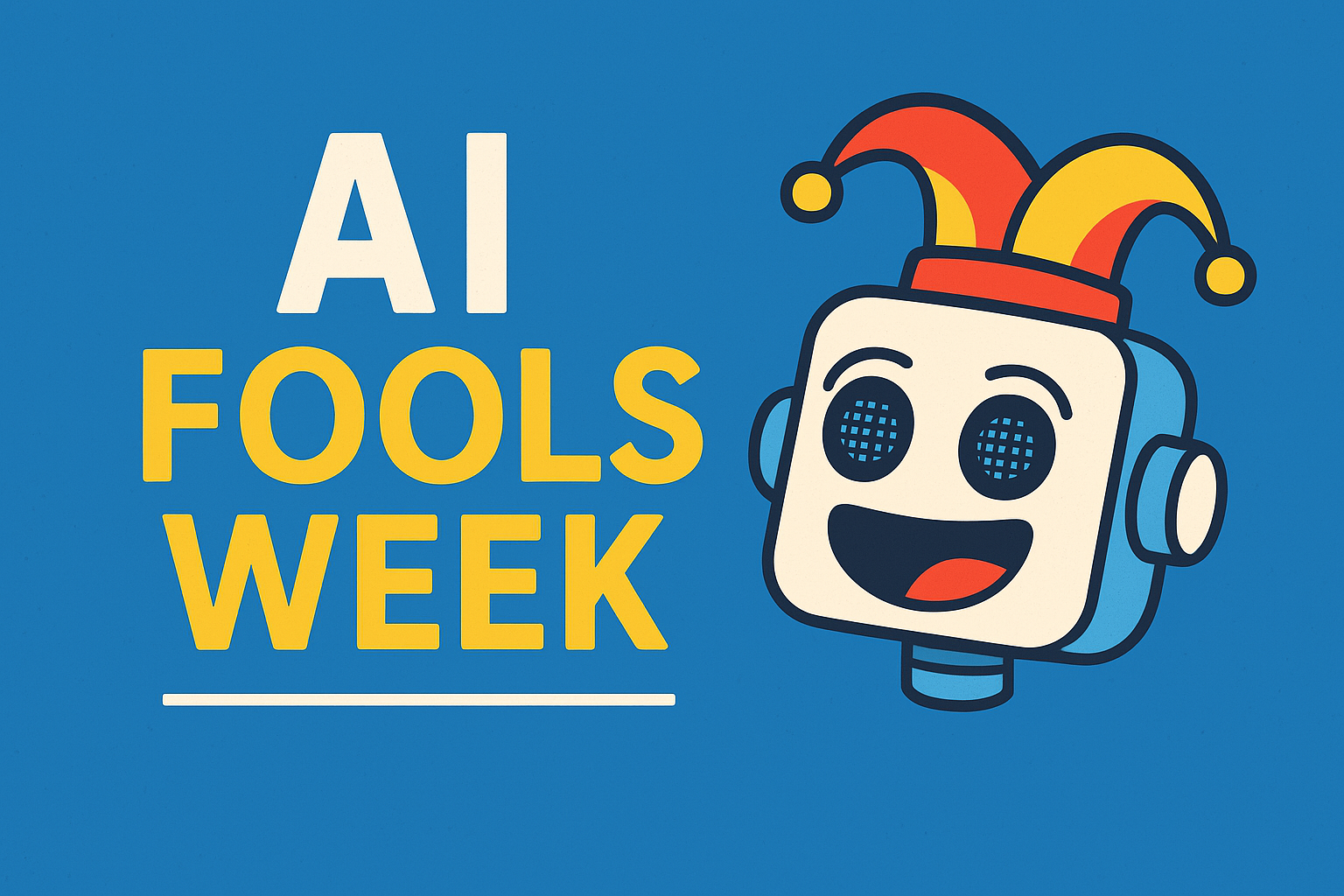A Resolution of Control: National Data Privacy Week
When it comes to all things cybersecurity, one is wise to always be thinking ahead. So – in a sense – 2025 should probably be well underway in the minds of the higher education Cybersecurity Family, including for ‘cousins’ like the data privacy clan.
Along these lines, one great New Year’s resolution is to kick off 2025 by embracing the 4th Annual Data Privacy Week, taking place January 27-31. Although a recent idea, the event’s roots date back more than 40 years.
According to the Federal Privacy Council (FPC), established by presidential executive order in 2016, Data Privacy Week honors the January 28, 1981 signing of the first legally binding international treaty addressing the protection of data in an increasingly digital world. That
January 28 date was designated National Privacy Day in the U.S. beginning in 2009 via congressional resolution. Privacy Day was expanded into a full work week in 2022.
Granted, the concept of data privacy extends well beyond a classic data breach. Cybersecurity and data privacy, therefore, certainly do not share a definition. But with so much privacy compromised by countless cyberattacks, it is easy to see why the public may equate them. At a high level when it comes to data, cybersecurity is focused on protecting private data and data privacy is more about individuals taking control of their own data.
Perhaps the European Union’s General Data Protection Regulation (GDPR), which sent shock waves through the U.S. higher education world when it was passed in 2016 and in
effect in 2018, might remain the ultimate example of that difference. GDPR and its ‘right to be forgotten’ clause added an entirely new burden for colleges and universities trying to figure out how to delete data about a person, often in a surgical manner.
Even figuring out what data elements the individual is allowed to have erased based on their relationship with the institution can be a time-consuming task. The institution must also contend with data retention requirements before acting.
Data on individuals who never became part of the institution community - such as a recruit from 15 years ago who never enrolled but filed a financial aid return or perhaps a
prospective donor who filled out a survey during homecoming but then never responded to further outreach – was everywhere in the pre-GDPR days. Data for student recruits on a search tape who never even applied could be stored in student information systems,
ancillary systems (CRMs, etc.), data warehouses, little shadow Access databases living on some power user’s hard drive and in office staff spreadsheets.
The potential damage caused by breaches and lack of user knowledge has simply exploded from there. A complicating factor for the institution is personal and institutional private data about an individual are ever-more deeply intertwined. In a social media and mobile
device-centric world with AI entering seemingly every realm at lightning speed, both the individual and the institution benefit from added data privacy.
As we know in the education sector, a critical first step is learning an discovering a solution before it is too late.
Fortunately, some institutions have taken the lead in adopting Data Privacy Week with information tailored to a higher education community. These are terrific examples of an institution benefitting its community, which in turn benefits the institution.
Yale University is among these leaders in spreading the work in a manner tailored to a campus community where there are many layers and differences among users. Yale’s Data Privacy Week webpage (https://cybersecurity.yale.edu/data-privacy-week) provides an extended video from experts, links to foundational resources from entities like the Federal Trade Commission and the National Cybersecurity Alliance, and a link to the National
Privacy Test from NordVPN (https://nationalprivacytest.org/). Other content is also included.
Speaking of the National Cybersecurity Alliance (NCA), a key part of its site provides direct links to the privacy setting webpages at some 150 of the most popular apps, platforms and corporations (https://www.staysafeonline.org/articles/manage-your-privacy-settings). NCA provides a toolkit to support action steps for those who ‘Become a Champion’. Details can be found at its National Data Privacy Week webpage (https://www.staysafeonline.org/data- privacy-week).
While our users will soon focus on improving themselves using those new year’s
resolutions, resolving to enable them in taking control of their own data is a marvelous way to kick off 2025 and National Data Privacy Week is just the ticket.
Bill Balint is the owner of Haven Hill Services LLC, contracted as the Advisory CIO for Education at TriVigil.



